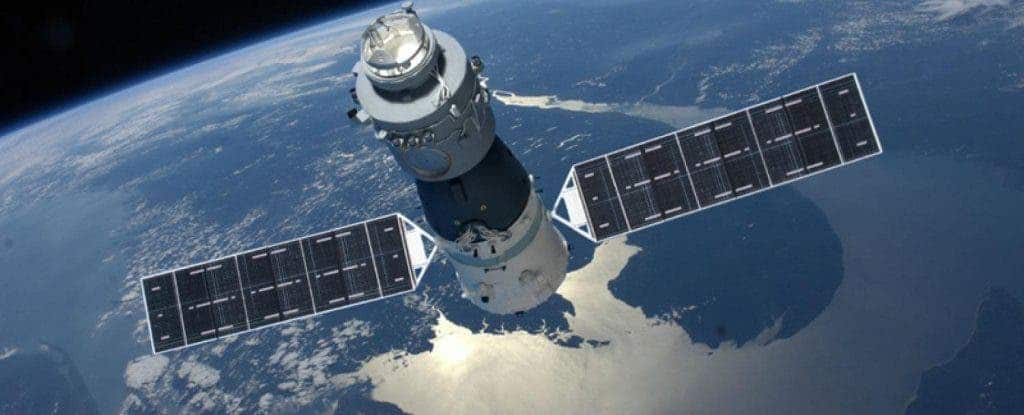But there’s really no reason to worry.

We don’t really know when and we don’t really know where, but sometime in the next few months, the 8.5-ton Tiangong 1 space station will come crashing down — and it could land anywhere.
In September 2016, Chinese officials confirmed that they lost control of Tiangong 1 and estimated late 2017 as the atmosphere re-entry date. Their estimate seems to be pretty good, as the space lab zooms closer and closer to Earth. However, we won’t really know when it happens until, just several hours before re-entry. Naturally, that has a lot of people worried.
Tiangong’s re-entry date is currently estimated between October 2017 and April 2018. Its current altitude is about 370 kilometers (230 miles).
It’s not the first time something like this has happened. Previously, both NASA’s Skylab (1979) and the Soviet Salyut 7 (1991) crashed uncontrollably, and they were both bigger and more massive than the Tiangong 1. However, the situation certainly far from ideal. A controlled descent would allow engineers to direct the station towards a remote place where there’s no chance of it hitting anyone or anything; most likely, that would be the Oceanic Pole of Inaccessibility, a spacecraft “cemetery” some 3,000 miles off the eastern coast of New Zealand. But even so, Jonathan McDowell, an astrophysicist at the Harvard-Smithsonian Center for Astrophysics says that there’s not much reason to worry.
… the 8-tonne Tiangong honestly doesn't worry me, but deorbiting it under control would certainly have been 'best practice'.
— Jonathan McDowell (@planet4589) October 15, 2017
Going by some rudimentary math, the odds of it hitting something significant seem very small. Most of the space station will burn on reentry. Since the Earth is covered mostly by water (71%), that just leaves a paltry 29% of the surface as land. A 2008 study found that 95% of the planet’s population lives on just 10% of that land surface, making the odds of it hitting something important even slimmer. The chance of hitting isolated objects like ships or planes is astronomically slim. But ‘slim’ and ‘astronomical’ is not non-existent. A few pieces weighing up to 100 kilograms (220 pounds) might still survive the burn and reach Earth, and while unlikely, it’s not impossible for them to hit something or even someone. China told the United Nations that the lab would monitor Tiangong’s evolution closely though there’s not much they can do.
However, one thing’s for sure. So far, Tiangong has spent 2211 days above Earth, but its time seems limited.
Tiangong 1 was China’s first space station. It was intended more as a prototype, never meant to be permanent. It launched in 2011, to serve both as a manned experiment site and as a demonstration center for orbital rendezvous and docking capabilities. China intends to have a much larger, functional space station in orbit by 2023.
If you’re interested, you can follow Tiangong 1’s orbit yourself, using the live satellite tracking website N2YO.
Was this helpful?